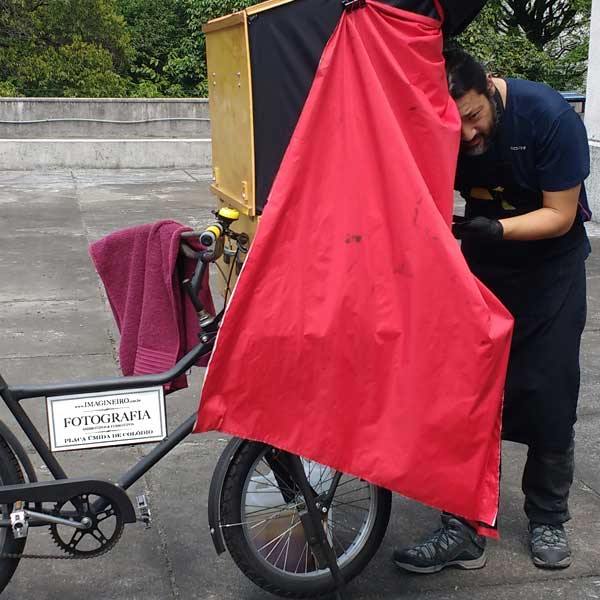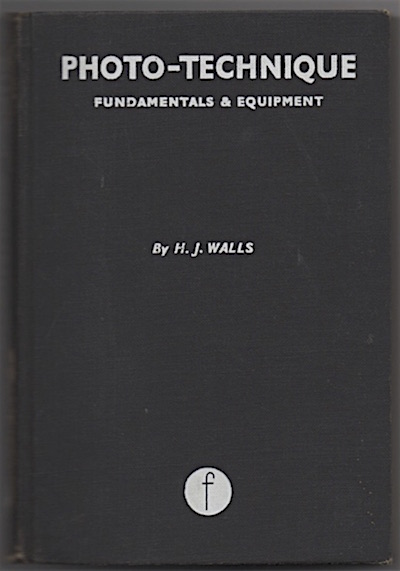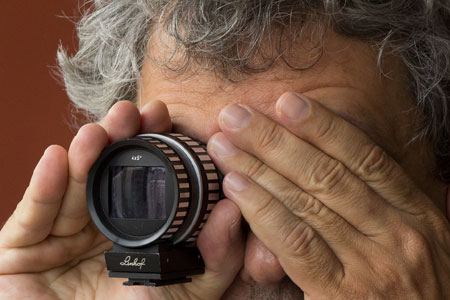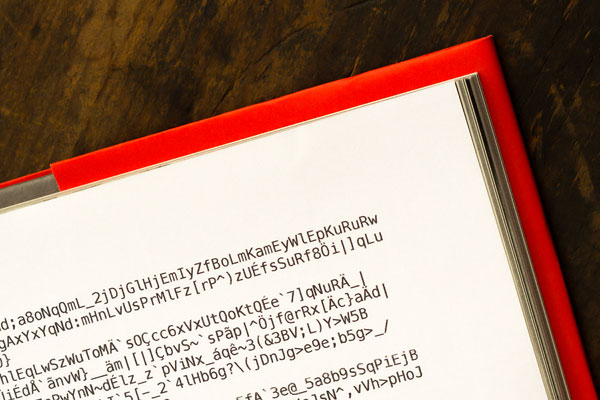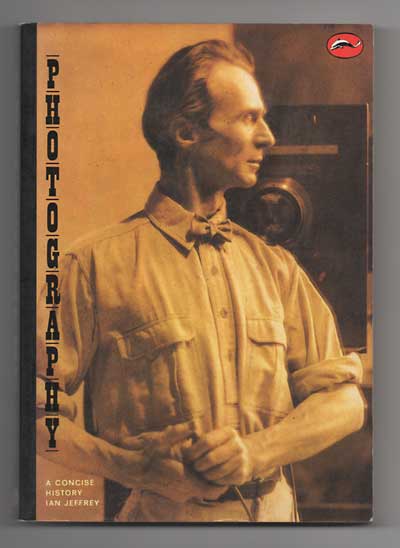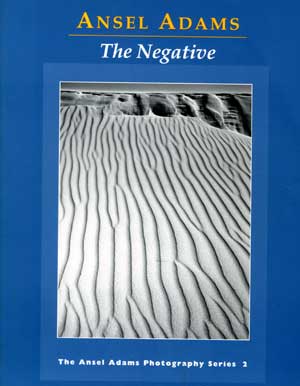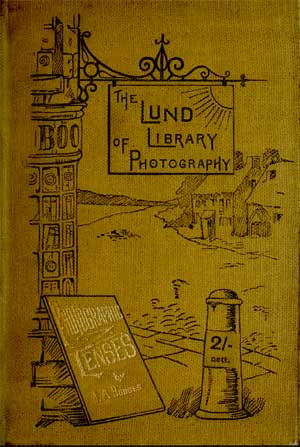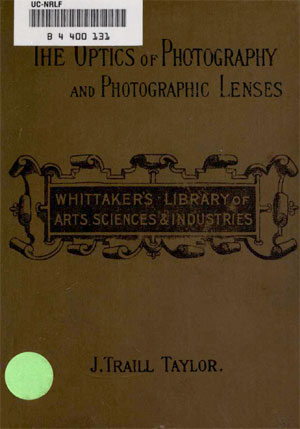Use this calculator to find out what is the minimum image circle your lens must provide in order to cover a certain film format.
Author - wlungov
I had today the opportunity to see at the Sao Paulo city library, Mario de Andrade, wet plate photography done by Roger Sassaki. Portraits in Ferrotypes and Ambrotypes were in the menu for those visiting the “Festival Zum 5 Years”, organised by the photography magazine Zum, featuring lectures, book sales and workshops. All ingredients...
Although published in 1954, this is not a very hard to find book for online purchase. Organised by H.J.Walls and edited by Focal Press it is one of the few books, intended for amateurs, that talks more in depth about optical principles, the nature of light, sensitometry and characteristics of lenses and photographic equipment in general. A very...
How it works: You enter the focal length of your lens, film or digital sensor dimensions and the approximate size of your subject. The simulator shows in value and graphically the following corresponding information: the distance you must place your lens from the subject the image circle and angle of view the lens must have to fill the frame with...
Book published in 1905 is an essential source for studying the History of Photography seeing it inserted and as a continuation of the studies on light, photo-sensitive reactions and formation of images through lenses. Phenomena observed and studied since ancient Greece and deepened particularly after the Renaissance. But 700 of its 900 pages are...
– Orthoskop | Voigtlander | 1857/58 – This is the oldest lens in my collection. It came from an antiques shop in Santos – São Paulo, in a shoe box, wrapped in newspaper, with a Dagor 240 mm, a Tessar 300mm and some other non important photographic items. Unfortunately two elements are missing on the rear. Besides that, looks like someone...
Quite often we want to check focus more carefully in a view camera . To do that, the obvious idea, goes about using something that enlarges the projected image allowing for more precision than with bare eyes to inspect image’s sharpness. Three problems generally arise when using common loupes and magnifying glasses : There is extraneous...
A digital file is like a score for an image to be automatically played on a printer. Otherwise, a digital print is as material as any silver gelatin picture.
Being a relatively small book, 245 pages, it couldn’t really try to be a comprehensive approach to the vast subject that it addresses. From there the name “a concise history”. But what is interesting in it is that once admitted that condition, there is a insightful history of ideas in photography with some very well...
This is a classic and very useful work from Anselm Adams (1902 – 1984), north american photographer, in which he explains his Zone System. It is a working procedure that starts by evaluating the film exposure considering:
Book published in 1894. Divided into three sections: Optical principles and definitions A description of photographic lenses The choice and use of photographic lenses We can perceive there a very pragmatic approach, but it does not loosen with scientific accuracy. It is interesting for those who like studying history of image making and also for...
Very good book about photographic lenses. Published in 1904, third edition, introduces the nature of light and goes directly to the issue of a photographic image. Explains the problems of aberration, angle of view, aperture and focus among other key concepts. It is a pragmatic text and relates designs with field of application like landscapes and...

